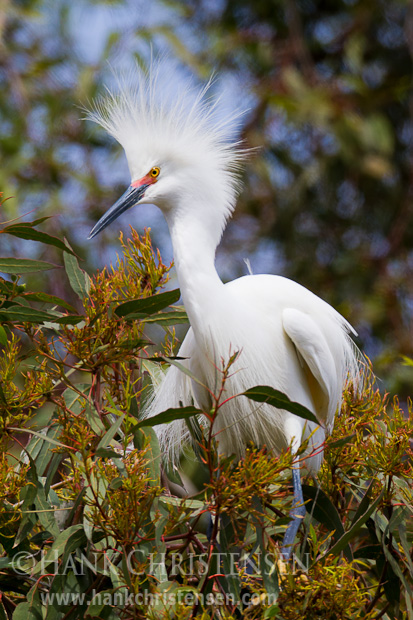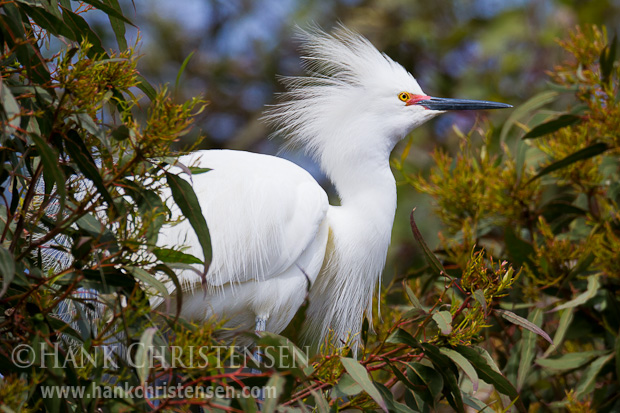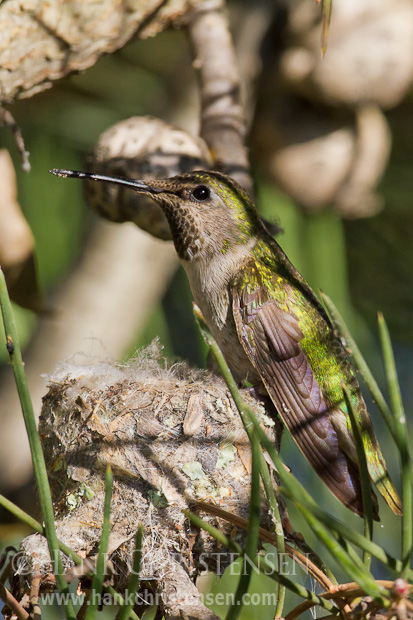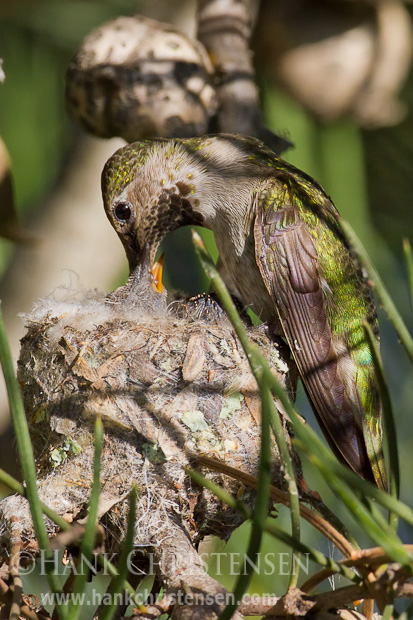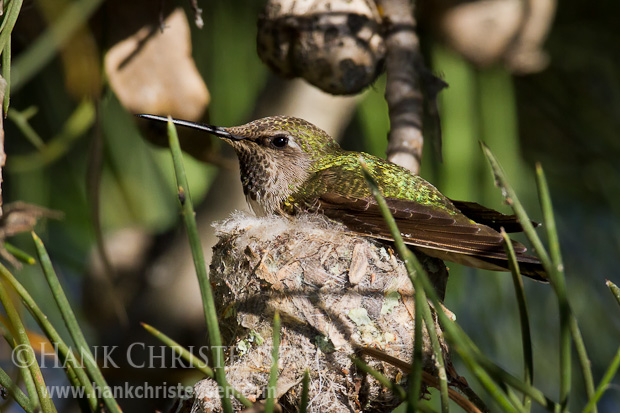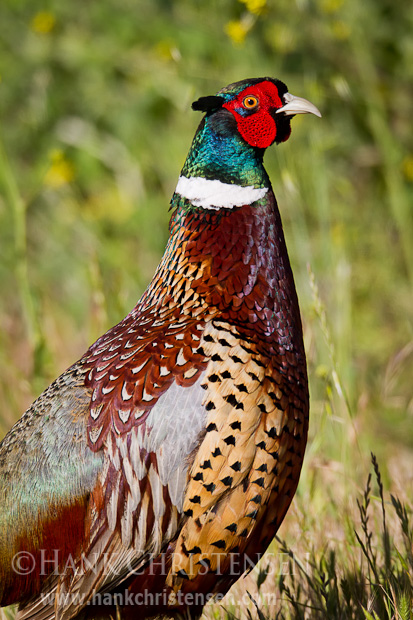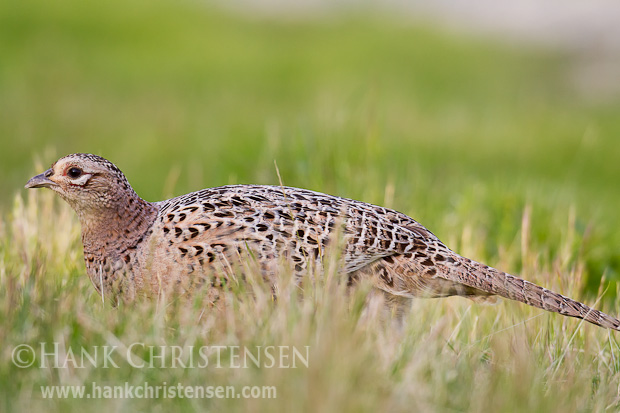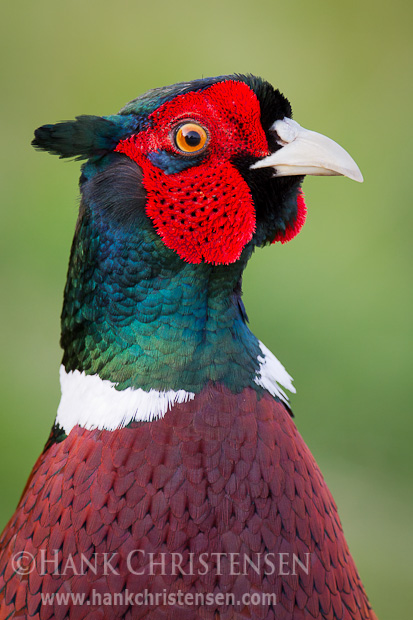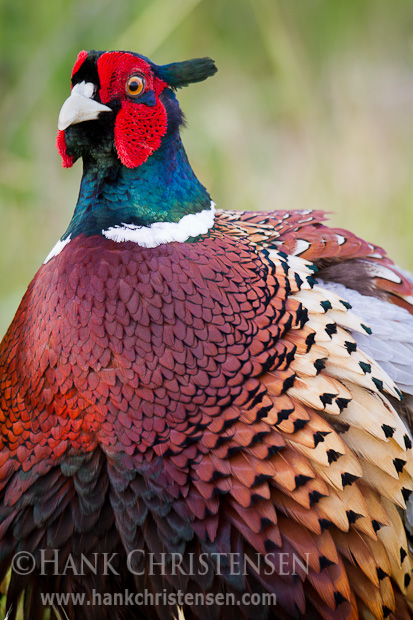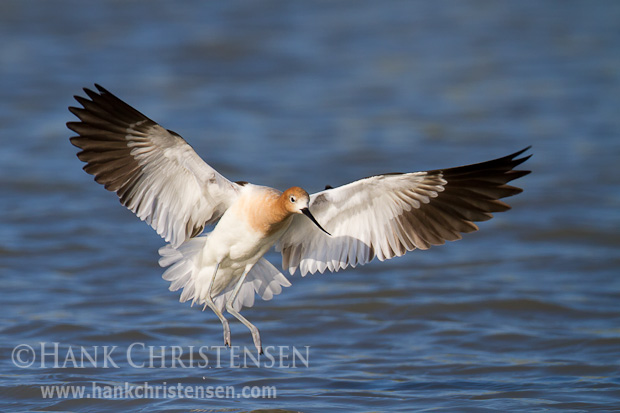
Most of the bird images I take tend to be portrait-type images. The reason for this is situational – like it or not, birds do a lot of standing around. While these static shots are great for exploring the finer details of a bird’s plumage, they show little of a bird’s behavior. That’s why whenever possible, I try to capture birds in action. Whether it be flying, foraging or fishing, photographs of birds in action can tell a more complete story about that species, as well as show off details that may otherwise be hidden.
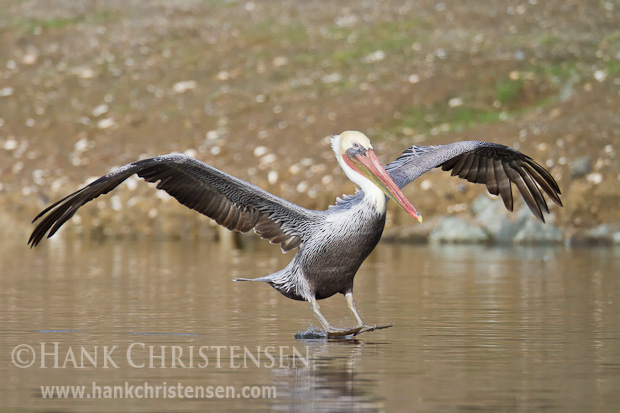
One of my favorite action shots is the landing. When a bird comes in for a landing, the body tends to be more upright, which allows the underside of the wings to be angled toward the lens. The bird needs to stop both its downward and forward momentum, causing the wings to fan out at their maximum surface area, as shown in the first photo above.
Because the bird’s body is more upright, the landing is almost an action version of a portrait shot. Anthropomorphizing the body position, the bird is almost saying, “Okay, I’m here and ready for my photo op.”
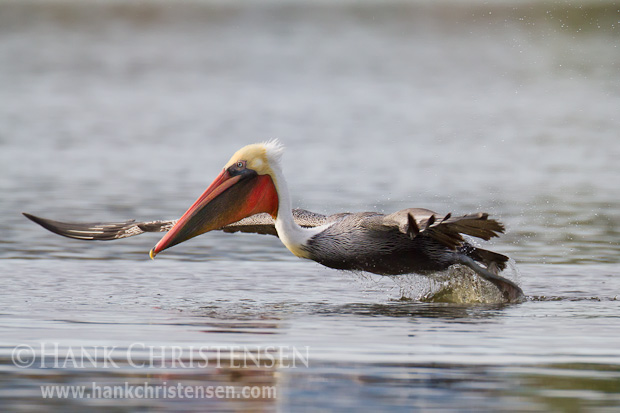
Conversely, the take-off shot is not usually as photogenic. The body is more parallel to the ground, and on the downstroke, the wings tend to flatten out and their detail is hidden from the camera. Also, the bird is definitely headed somewhere else, which lacks the same connection a viewer might feel with a bird portrait.
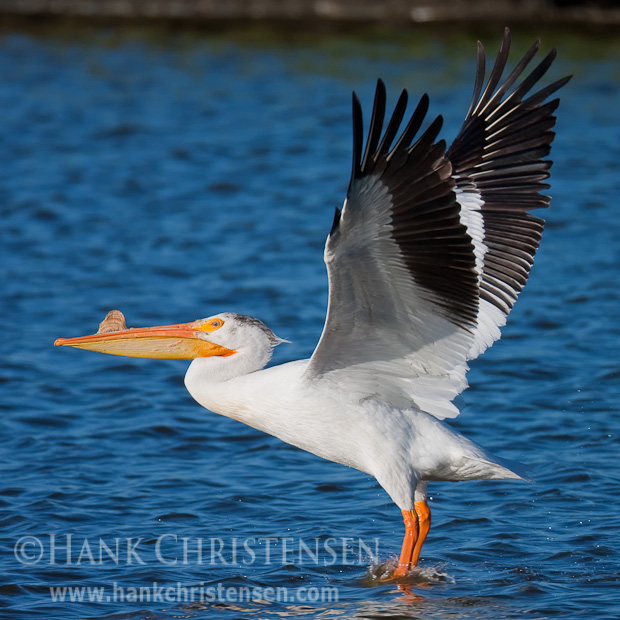
Sometimes, however, I get lucky with a take-off photo and capture the wings in the full upstroke position, showing wing detail and freezing a pose that happens very quickly. Although I am happy with outcomes like this, I still prefer the landing poses in photographs.
At the end of the day, there are so many bird behaviors to capture, finding those perfect moments is an endless quest. Multiply that by almost 9,700 bird species, and rest assured that the life of a bird photographer never gets dull.

